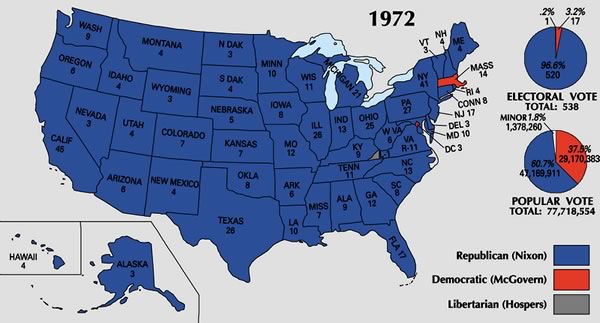On Blogs
 This blog got mentioned in a list accompanying an article in today’s Globe and Mail titled It’s not the blogs I hate, it’s their fans. In the article, Ivor Tossell talks about blogging’s image problems on its (contested) tenth anniversary, summing it up with:
This blog got mentioned in a list accompanying an article in today’s Globe and Mail titled It’s not the blogs I hate, it’s their fans. In the article, Ivor Tossell talks about blogging’s image problems on its (contested) tenth anniversary, summing it up with:
People want the same thing from blogs that they want from every other print outlet: a good read. There are plenty that provide, and the sooner that blogging triumphalism is history, the sooner “blog” will stop being an unfairly loaded word. As someone wiser than me once said, it’s not the band I hate. It’s their fans.
As for Ivor’s summary of this blog, it’s:
A nice guy, an interesting life, a good writer: exactly what a first-person blog should be. Engaging and sometimes touching, but never overwrought.
Thanks for the mention, Ivor! (I’m sure I’ve been overwrought on this blog at least once, though.)
On the Monkey Knife Fight (a.k.a. Blog Comments)

In one of those coincidences that happen more often than we like to think, the comments for the aforementioned article have thus far are related to another current story about blogging. As I write this, there are two comments made in response to that article:
(Somebody better tell Brad that sometimes people quote things that come from even farther back in time. For instance, consider the saying “An eye for eye, a tooth for a tooth” saying? That’s, like, at least 200 times older than Sloan’s Coax Me.)
These sorts of comments are one reason why a number of people don’t allow comments in their blogs — some people don’t want to deal with the aggravation. In a short piece about what makes a blog a blog, Dave Winer says that it’s the fact that it’s your unedited voice and not the use of comments (which he says detract from your voice), and Joel Spolsky has written an article in which he agrees.
(I agree with the bit about a blog being your voice, but not Dave’s contention that the voice should necessarily be unedited. Having met — and dated — people incapable of doing so, I can assure you that self-editing is a virtue whose value has been severely underestimated. While the lack of that inner editor makes for some entertaining stories, self-editing and self-restraint are graces that people could stand to practice a little more.)
Before I got into blogging, I had been a street musician for a couple of years, and before that, a DJ at a campus pub for five. Handling unruly commenters is child’s play compared to the sort of people-managing I had to do with those other two hobbies. Often, the bravado that a detractor will show from the safety of his or her keyboard — especially one who does so anonymously — evaporates in a face-to-face encounter.
Hence there are comments on this blog. I handle commenters in a manner similar to what Lisa Williams calls “The Living Room Doctrine”: if I’ll allow it in my living room, I’ll allow it in the comments section of my blog. The system’s worked quite well for almost six years, and so I’ll keep it running that way.

 Here’s the latest news item I could find on
Here’s the latest news item I could find on 

 It’s insult added to injury: not only did poor Evon Reid find out that he wasn’t accepted for a job by way of an accidental email forwarding,
It’s insult added to injury: not only did poor Evon Reid find out that he wasn’t accepted for a job by way of an accidental email forwarding, 
 This blog got mentioned in a list accompanying an article in today’s
This blog got mentioned in a list accompanying an article in today’s 
